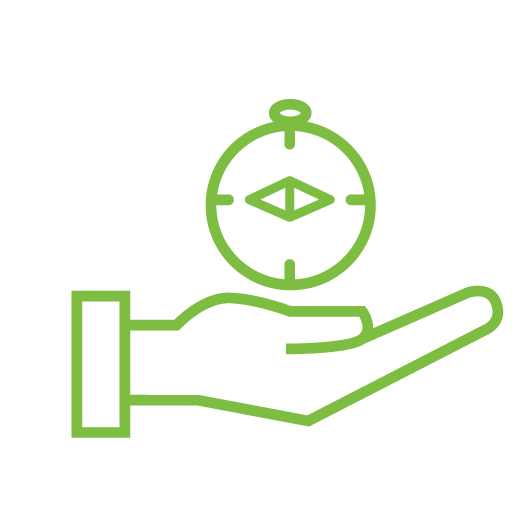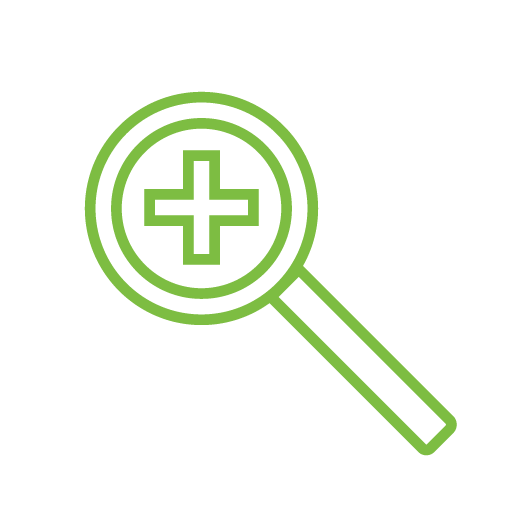When it comes to medication management, it has long been known that one size does not fit all. Medication therapy looks different from person to person, even those who share similar diagnoses and symptoms. Traditional medication management approaches are limited in their ability to address medication challenges with an individualized perspective. While traditional approaches serve their purpose, a limited scope of view can result in reinforcement of unhelpful—even harmful—regimen changes that lead to negative outcomes.
In the ever-evolving world of technology, however, personalized medication management is closer and simpler than ever, opening avenues for improved patient outcomes that aren’t reachable in traditional medication management approaches. With automated systems and data integration, health plans and providers can manage and monitor patient care more efficiently and effectively. And with access to advanced tools, healthcare organizations can leverage technology to personalize care more easily. Here are a few tools that your organization can leverage for personalized medication management.

Advanced clinical decision support systems
Clinical decision support systems are among the leading technologies that aid organizations in making prescribing decisions and recommendations. Such tools analyze and detect drug-drug and drug-disease interactions in a patient’s medication regimen. In a recent study of a health plan population, clinicians using a clinical decision support tool to provide medication safety reviews identified more than 36,000 actionable medication risks among 22,696 patients.1 More advanced clinical decision support systems can perform multi-drug analysis, taking a comprehensive view rather than providing one-to-one analysis like traditional support tools. Furthermore, these systems provide alerts for medications that have strong side effects such as sedative burden. Not only do these systems support therapy optimization but they help providers save time as well. With this advanced technology, health plans and providers can more effectively prevent adverse drug events (ADEs) and decrease healthcare utilization.

Precision medicine
There is more to medication therapy than understanding how a patient’s medications interact with each other; another key is knowing how a patient’s body reacts to their medications. Precision medicine and pharmacogenomics (PGx) testing has made it possible to analyze this. Precision medicine helps providers detect unique risks and identify proper treatment options for a patient.
PGx testing is a form of precision medicine that assesses how a patient’s genes impact their reaction to the drugs they take. While it is currently only recommended for a select number of drugs, the drug and gene panel will expand as the field grows.3 Detecting any drug-gene interactions can help clinicians understand drugs that may be ineffective or even harmful to their patient, or why a patient may need a higher or lower dose of a medication. Using this insight, they can further suggest a change, initiation, or discontinuation of medications for more precise and personalized prescribing.

Predictive analytics
Technologies like those listed above and the rise of artificial intelligence have advanced methods in improving patient outcomes through predictive analytics. On the other side of focused one-on-one care and medication analysis, analyzing historical healthcare data for a patient population can help providers and health plans identify patterns in health costs and outcomes. Data management technologies can be programmed to provide insights and predictions on patient treatment outcomes.2 With this information, health organizations and providers can make informed decisions on patient care and medication management. These predictions can even help providers determine patients that may be at risk for chronic diseases, providing opportunities for early intervention.
The most harmful and costly medication-related events—such as falls, hospitalizations, and ED visits—can often be prevented through simple changes in medication therapy, such as changing time of administration, switching out one medication for another, or deprescribing a medication. Technology services make it easier to find these areas of opportunity, reducing provider burden. Most importantly, they can improve health outcomes and save costs downstream.
Share this:



